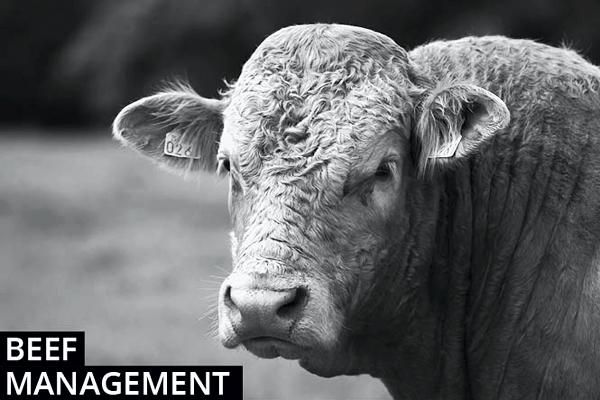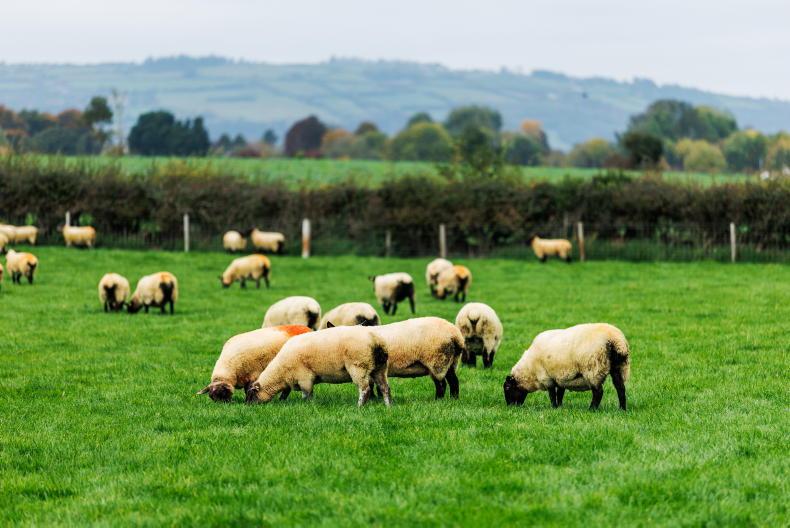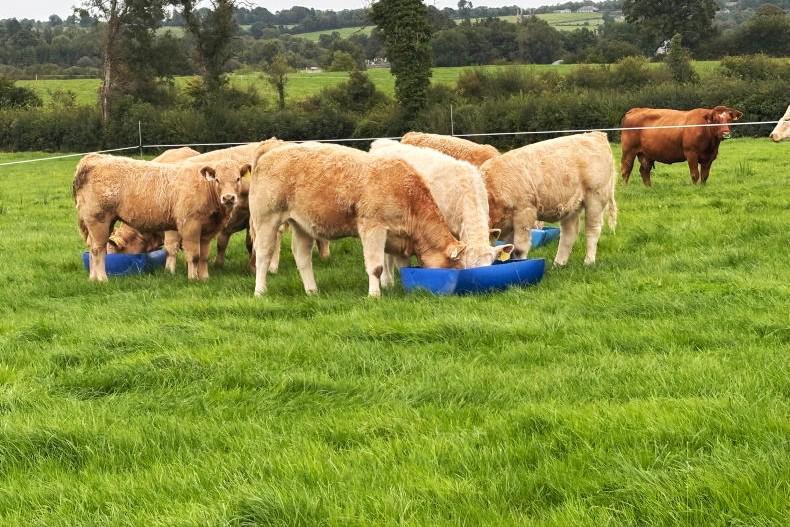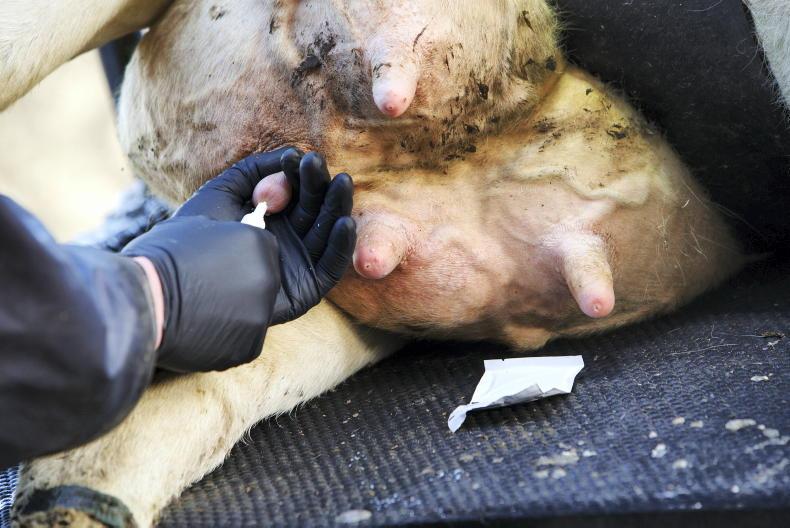Summer mastitis: I have been talking to a couple of farmers over the past week that had cases of summer mastitis in autumn cows due to calve shortly. The problem was detected early and treatment was given in time. In both cases, the dry cows are grazing on rough, marginal land and in recent weeks there has been an increase in the fly population. The cows were being checked daily, which is why the problem was detected early, but it could easily have been missed as these stock groups often do not get the same attention as spring cows or growing cattle. Summer mastitis is less common in spring-calving cows as the calf is sucking the cow regularly, but there is still a low risk where cows are grazing fields close to water or have plenty of shelter from hedges, as this will attract flies.
Prevention is better than cure. Treating cows with a pour-on insecticide can help prevent the problem, but the cover period varies with different products. As the peak risk period is normally in late July and August, cows may need a second treatment. Applying tar can work, but that’s less practical as it needs to be reapplied every three to four days. Cows with summer mastitis will have swelling in the udder and flies around the teat. The swollen udder causes discomfort to the animal, which results in stiffness and lameness when walking. Cows generally develop a temperature, become isolated and dull in appearance. When drawing a quarter, the characteristic thick, clotted secretion is present. If an antibiotic tube is being used to treat an infected quarter, make sure you clean and disinfect the teat first and wear sterile gloves. Hygiene is crucial in preventing further inflammation.
Redwater: With more humid weather conditions, farmers with cattle grazing on rougher, older pastures should be on the lookout for the signs of redwater in cattle. Redwater is commonly transmitted by ticks, which can thrive in areas where there are heavy covers of old grass or dead grass building up. The parasite is spread once the tick bites the animal. The tell-tale characteristic sign that cattle are infected is a red colour in the animal’s urine, which is often frothy. The darker the colour, the more severe the infection. Cattle tend to go off their feet with severe cases, or try to eat soil as they will be low in iron. Mature cattle reared on land where ticks are present generally develop immunity, but young stock or bought-in cattle will be at risk. Treatment will require veterinary assistance.
Sub-soiling: With ground conditions good, there is an opportunity to use some form of a sub-soiling machine on grazing ground that has suffered compaction. In an ideal world, long, hot summers would cause enough cracking of ground to open up the soil without the use of machines. Using a machine such as a pan-buster or a shakaerator, can break open the soil pan to improve drainage, allow air in and improve stock-carrying capacity in spring and autumn. The maximum depth that the sub-soiler should be used is four times the width of the leg wing. Any deeper and the machine is less effective as the soil heave is reduced.









SHARING OPTIONS